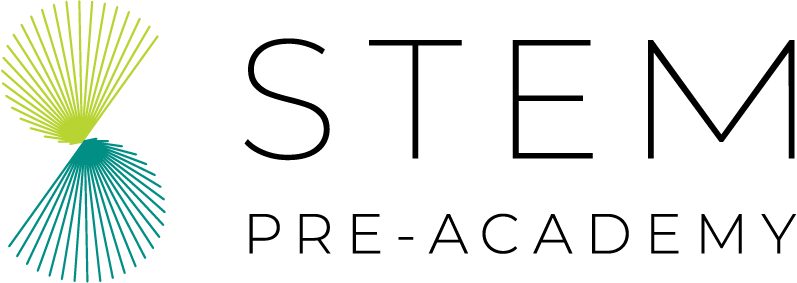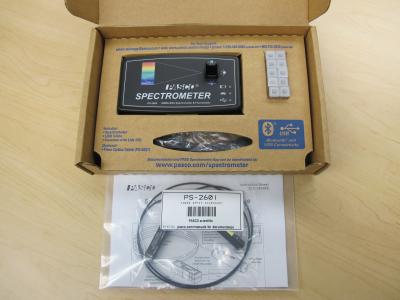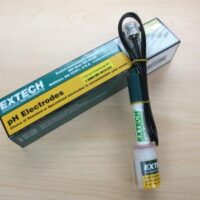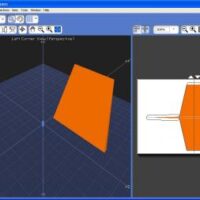The Basics
Lesson Ideas
Standards Connections
These resources can be used to support standards-based teaching and learning. They are not intended to meet the full scope of any given standard. Only some standards are highlighted; many more standards may be connected! We encourage you to explore and to let us know if you have any questions!
| MS-LS1-6. Construct a scientific explanation based on evidence for the role of photosynthesis in the cycling of matter and flow of energy into and out of organisms. |
| HS-LS1-5. Use a model to illustrate how photosynthesis transforms light energy into stored chemical energy. |
| MS-PS1-2. Analyze and interpret data on the properties of substances before and after the substances interact to determine if a chemical reaction has occurred. |
| MS-PS4-2. Develop and use a model to describe that waves are reflected, absorbed, or transmitted through various materials. |
| HS-PS1-1. Use the periodic table as a model to predict the relative properties of elements based on the patterns of electrons in the outermost energy level of atoms. |
| HS-PS4-5. Communicate technical information about how some technological devices use the principles of wave behavior and wave interactions with matter to transmit and capture information and energy.* |
Related SPA Tool/kits
| Spectroscope |
| Pasco IR Light Sensor |
| Pasco Light Level Sensor |
| Pasco UVA Light Sensor |
| Quantum PAR Meter |
| Tech Light Lab |






